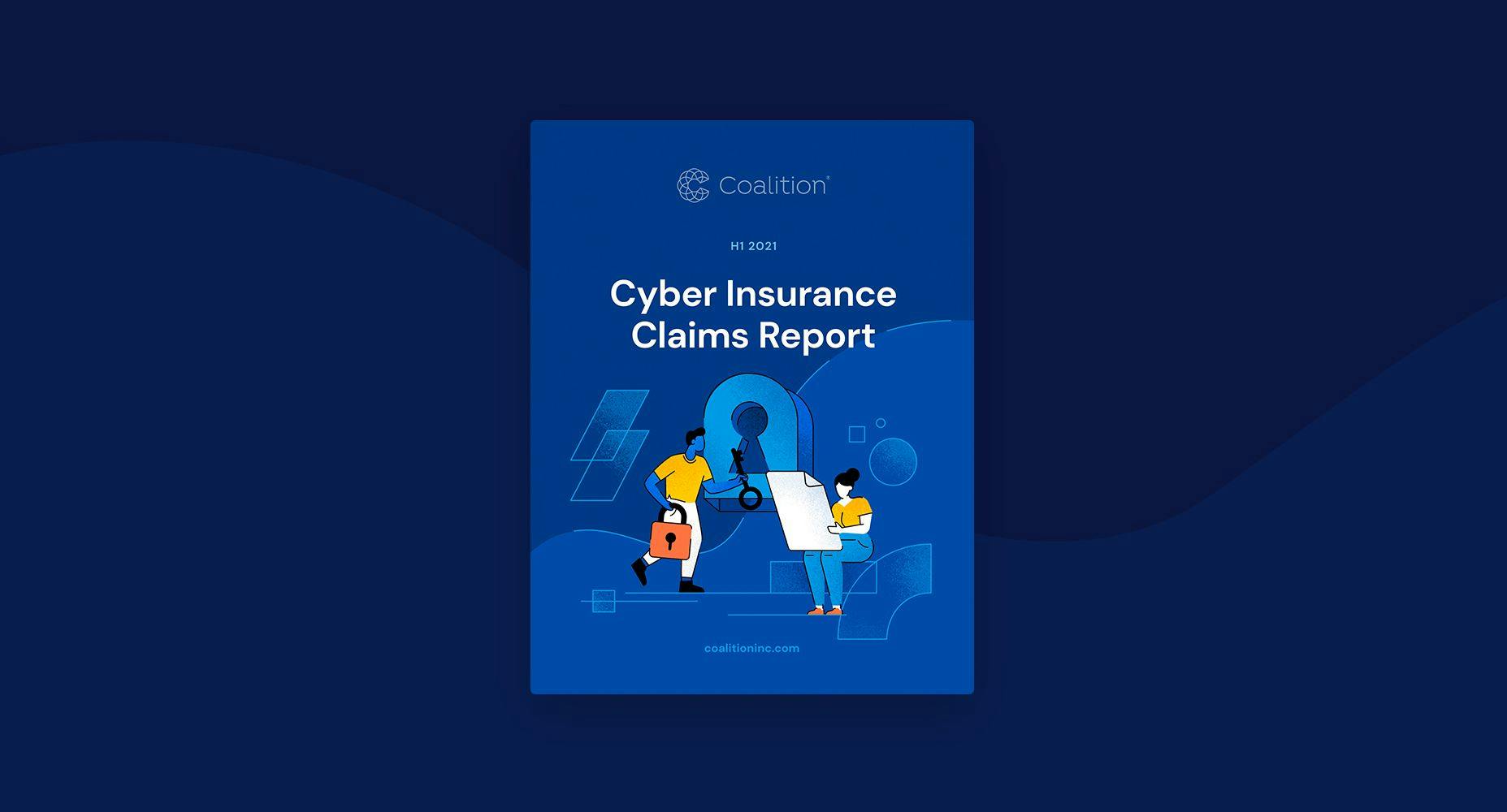Coalition’s H1 2021 Cyber Insurance Claims Report: Details increased ransomware demands

If the events of the past year are any indication, cyber risk is set to become the defining risk of our age. Never in history have organizations and individuals been as dependent on technology as they are right now. And yet, we must continue to rely on technology to build a more sustainable, efficient, and connected future. With the escalation of ransomware and other cyber crimes impacting everything from critical infrastructure to the corner store, one thing is clear: addressing cyber risk matters for everyone.
At Coalition, we have a unique view into the cyber risks and claims experienced by our policyholders. On any given day Coalition performs billions of security scans, sends hundreds of critical security alerts, investigates reported cyber incidents, and helps our over 50,000 customers navigate an increasingly fast-paced digital world. In that spirit we share this report to help all organizations solve cyber risk. Our initial report focused on the first half of 2020, and this report covers July - December 2020 and January - June 2021. Let’s jump into the stats.
Key highlights from the report
Cyber crime is increasing.
Business email compromise (BEC) and funds transfer fraud (FTF) claims increased significantly in the past year, up 51% and 28% respectively. We also observed the average amount of funds stolen increase 179% in 2021 to $326,264.
Ransomware is growing in severity.
The average ransom demand made to a Coalition policyholder increased to $1.2 million in the first half of 2021. That isn’t a small price to pay for any company, and it’s a nearly 170% increase from the first half of last year.
Companies are increasingly relying on insecure remote access tools, and criminals are taking advantage.
The percentage of businesses that had insecure remote access enabled when they applied for insurance nearly doubled from H1 2020 to H1 2021. The rate of policyholders who experienced a claim due to RDP exposed to the internet increased from 29% to 40%, and the severity of these attacks increased by 103%.
Smaller companies are increasingly being targeted.
With the increasing automation of cyber attacks, it has become more profitable for criminals to target more small and midsize organizations. The frequency of incidents reported for organizations with under 250 employees increased 57% from the first half of 2020 to 2021.
Cyber insurance works — and our policyholders continue to experience fewer claims.
We’ve processed more claims across more organizations in the first half of this year than in any other period. Despite the increase in claims, Coalition policyholders experience less than one-third the frequency of claims as of the rest of the market. This is due to our technology-driven approach to underwriting, pricing, and risk management.
Looking ahead — imagining the future of cyber risk.
We utilized our unique insights into the cyber threat landscape and its impact on policyholders to share our assessment of how the market will continue to evolve for the remainder of 2021.
Access the H1 2021 Cyber Insurance Claims Report
The cyber attack landscape significantly evolved in 2021 as a result of new regulations, increasing risks of supply chain attacks, new (and more dangerous) ransomware variants, and the extreme challenges of staying secure while working remotely. It’s more important than ever before for companies to take the time to understand their cyber risk and have the defenses in place to recover. Download the full H1 2021 Cyber Insurance Claims report here to learn more about these trends and our predictions for the remainder of 2021. And, if you’re interested in enhancing your organization’s security, sign up for Coalition Control — the best way to understand your cyber risk exposure.








